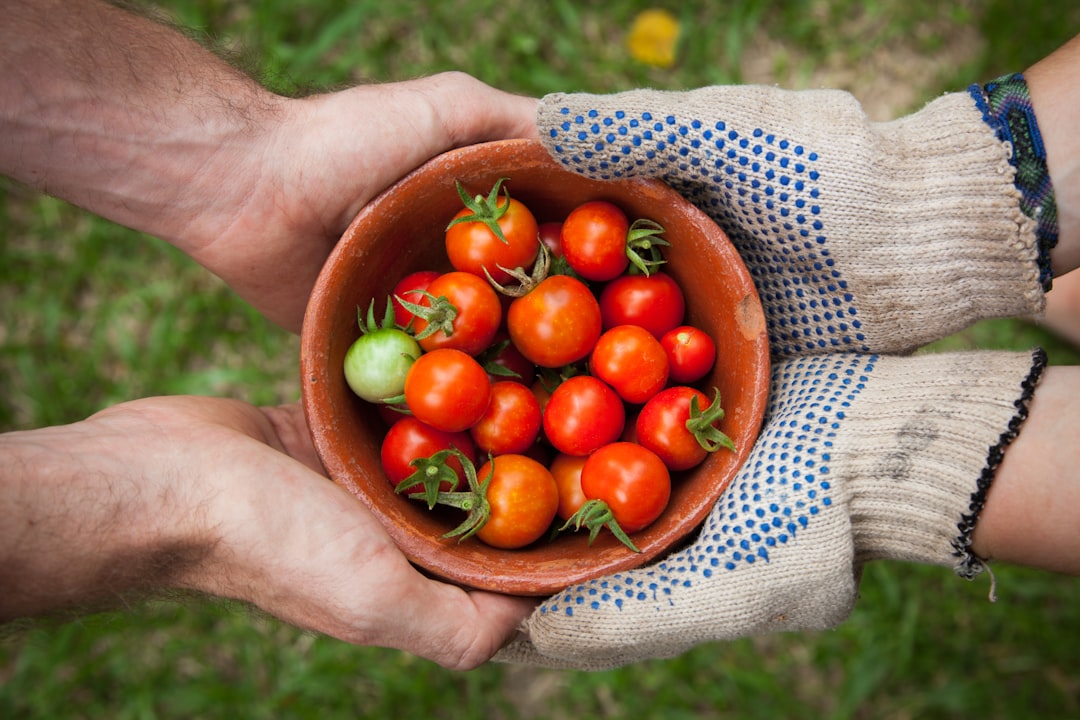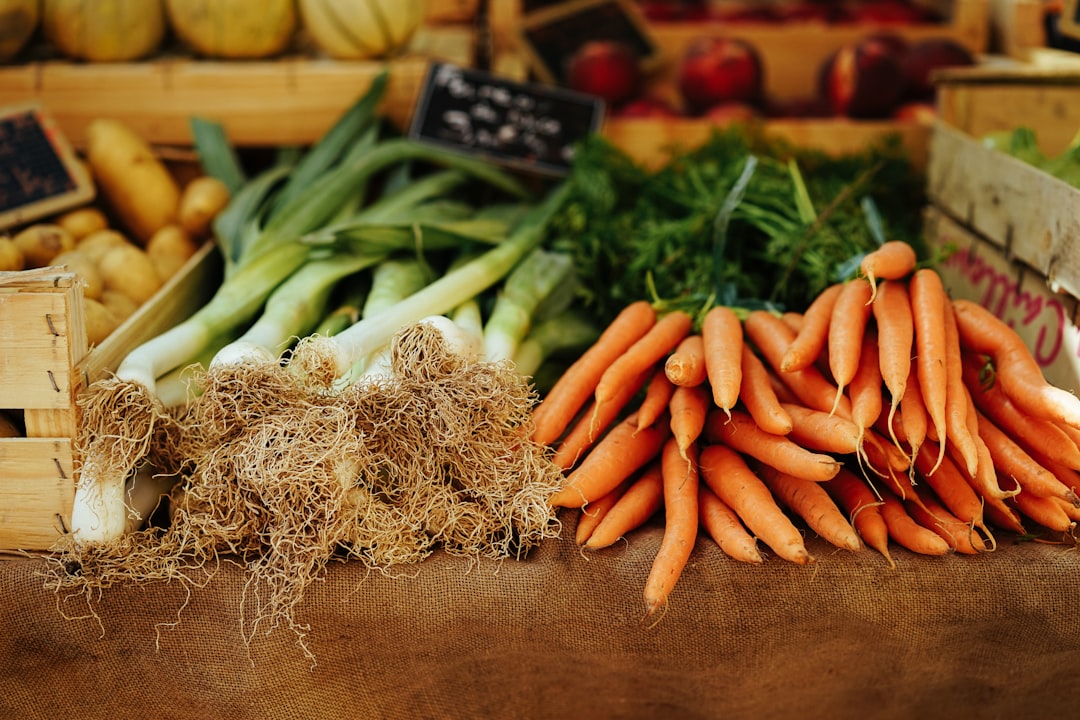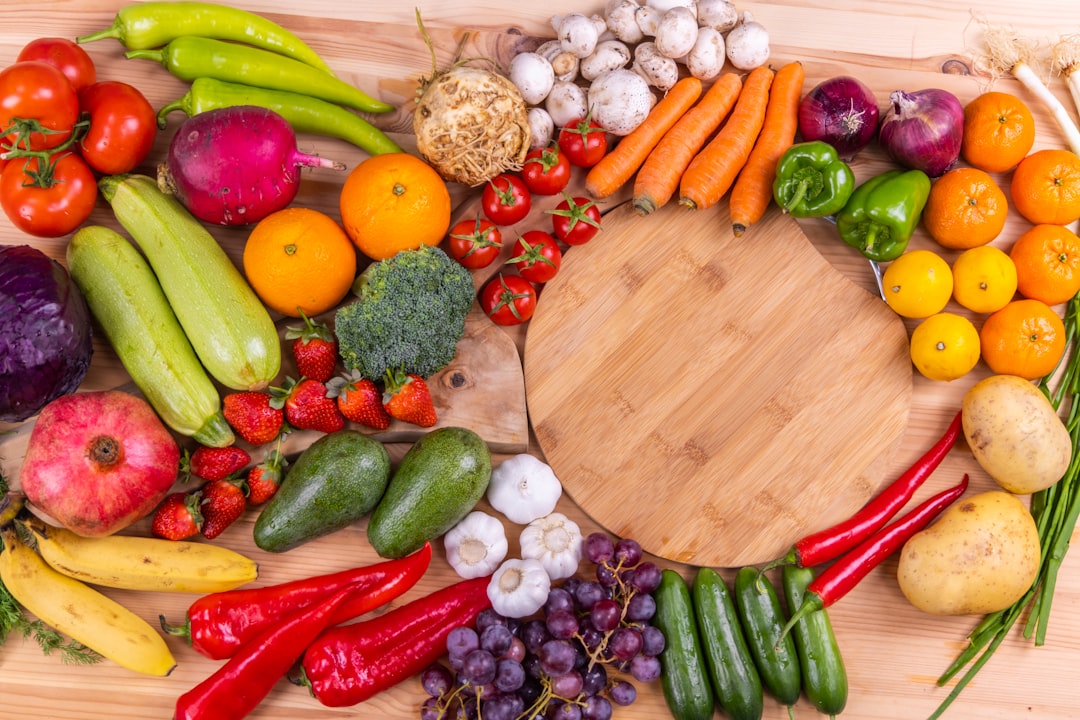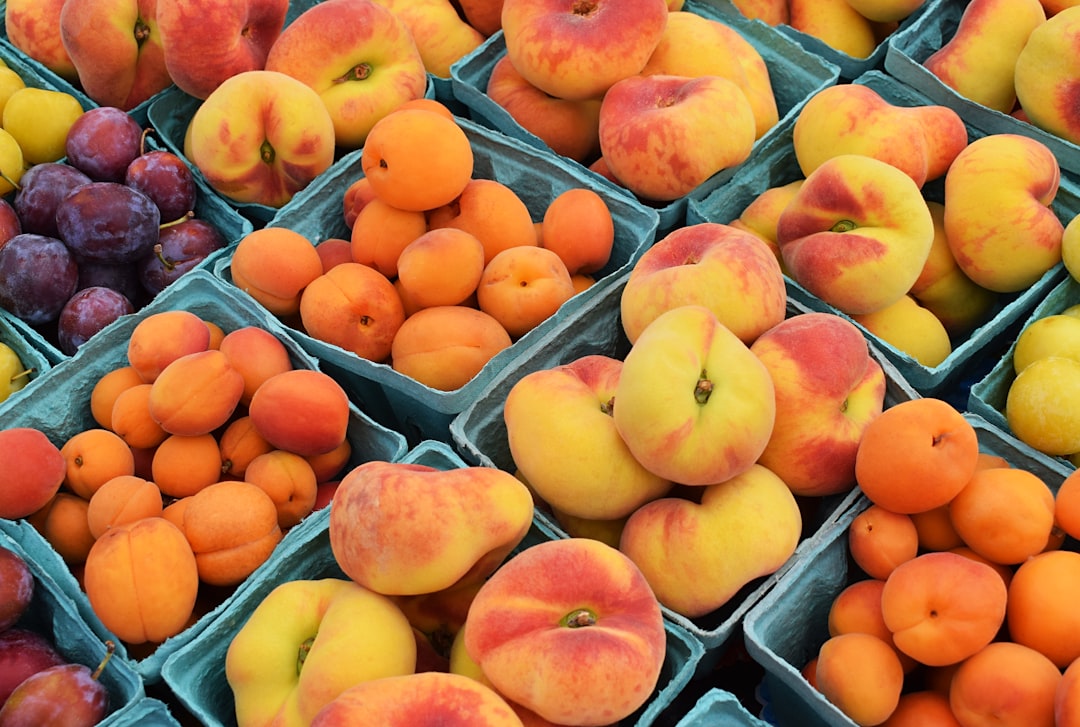The rising cost of groceries is a concern for many families. With the cost of living increasing each year, it can be difficult to stick to a healthy diet while staying within a budget. However, maintaining a healthy diet is essential to overall well-being and can prevent many health problems. In this blog post, we’ll explore some tips for finding a balance between saving money and staying healthy when grocery shopping.
Shop Seasonally:
One of the most effective ways to save money on groceries is to shop seasonally. Seasonal produce is the fruits and vegetables that are currently being harvested and readily available at your local farmer’s market or grocery store. When you buy produce that is in season, you not only save money, but you also get to enjoy the freshest and most flavorful produce.
Here are some benefits of buying in-season produce:
- Cheaper prices: When seasonal produce is abundant and easy to find, the cost is lower than when it is out of season and has to be shipped from other regions or countries. You can take advantage of these lower prices to save money on your grocery bills.
- Better taste and freshness: Seasonal produce is usually picked at its peak, which means it is fresher and tastes better. When fruits and vegetables are shipped long distances, they can lose their flavor and nutrients over time.
- Supporting local farmers: Buying in-season produce directly from local farmers supports small businesses and ensures that you are getting high-quality and fresh produce that is grown sustainably.
Here are some tips to help you identify in-season produce:
- Visit your local farmer’s market: Local farmer’s markets offer a great selection of seasonal produce that is grown in your area. This is an excellent way to connect with local farmers and get the freshest produce at a lower price than you would find at the grocery store.
- Research what’s in season: You can find a lot of information online about which fruits and vegetables are in season in your region. Do some research before you go shopping to help you plan your meals around seasonal produce.
- Look for specials and deals: Grocers often offer special deals on seasonal produce that they have too much of or need to sell quickly. Keep an eye out for specials and stock up on the in-season produce to save money.
Overall, shopping seasonally is an easy and effective way to save money on groceries while still maintaining a healthy diet. By choosing in-season produce, you can enjoy the freshest and most flavorful fruits and vegetables at a lower cost.
Overall, shopping seasonally is an easy and effective way to save money on groceries while still maintaining a healthy diet.
Buy in Bulk:
One of the best ways to save money on groceries while still maintaining a healthy diet is by buying in bulk. The advantages of buying in bulk are numerous. For starters, buying in bulk means that you are buying a larger quantity of a product, which means that the per-unit price is often lower. This can result in significant savings over time.
Another advantage of buying in bulk is that you are likely to have less packaging waste. Instead of buying products that come in small packages, you can buy in larger quantities and reduce the amount of waste that you generate. Additionally, buying in bulk means that you can reduce the number of trips you make to the grocery store, which can save you time and money on transportation costs.
So, what are the types of items you should be buying in bulk? Generally speaking, non-perishable items are the best candidates for bulk buying. This includes items like rice, pasta, flour, sugar, and canned goods. However, there are also perishable items that can be bought in bulk, such as meat, poultry, and fish. When buying perishable items in bulk, it’s important to plan ahead and make sure that you have the appropriate storage space and equipment to properly store the items.
To properly store bulk items, it’s important to make sure that they are stored in a cool, dry place. You may also want to consider investing in proper storage containers, such as air-tight containers or vacuum-sealed bags. This will help to keep the items fresh for longer and prevent spoilage.
When it comes to buying in bulk, it’s important to do your research and compare prices. Not all bulk-buying options are created equal. Some retailers may offer better prices than others, so it’s important to shop around to find the best deals. You may also want to consider buying in bulk with friends or family members to split the cost and reduce waste.
Overall, buying in bulk is a smart way to save money on groceries while still maintaining a healthy diet. With a little bit of planning and preparation, buying in bulk can help you to stretch your budget further and reduce waste.
When buying perishable items in bulk, it’s important to plan ahead and make sure that you have the appropriate storage space and equipment to properly store the items.
Plan Your Meals:
Eating healthy while trying to save money can often feel like an impossible task. However, it is possible to achieve both goals by simply planning out your meals. Meal planning not only helps you stay on track with your diet, but it also allows you to make strategic purchasing decisions that can help you save money on groceries.
To start planning your meals, begin by making a list of the foods and ingredients you need for the week. By creating a detailed grocery list, you can ensure that you only purchase the items that you need and avoid unnecessary spending. It is also helpful to plan out your meals according to what produce and pantry staples you have on hand. This way, you can make the most of the ingredients you already have before buying additional items.
There are plenty of resources available to help you create a meal plan, such as online meal planning services or printable meal planning templates. These resources can help you organize your meals for the week, keep track of what you need to purchase, and even provide recipe ideas to keep things interesting in the kitchen.
Once you have your meal plan set, it’s important to stick to it as closely as possible. This means making sure you have all the necessary ingredients on hand, prepping meals in advance, and avoiding the temptation to order takeout or grab fast food on the go. By sticking to your meal plan, you’ll not only save money on groceries but also be able to maintain a healthy diet.
In addition to saving you money, meal planning also reduces food waste by ensuring that you use up all your groceries before they go bad. You can even batch cook meals in advance and freeze them for a later date, saving you time and money in the long run.
Overall, creating a meal plan is a valuable tool for anyone looking to save money on groceries while also maintaining a healthy diet. By following these simple steps and utilizing meal planning resources, you can set yourself up for success and achieve both goals without sacrificing one for the other.
It is also helpful to plan out your meals according to what produce and pantry staples you have on hand.
Opt for Store Brands:
When you walk down the grocery store aisle, you may be tempted to reach for a brand name product that you recognize. However, it’s important to remember that store brands are often just as good, if not better, than their name-brand counterparts.
One big difference between store brands and name brands is the cost. Store brands tend to be cheaper because they don’t have the same marketing and advertising costs as name brands. This doesn’t mean they are inferior in quality, however.
In fact, many store brands are made by the same manufacturers as name brands, with similar ingredients and production methods. They may even come from the same factory and be packaged in nearly identical containers.
Choosing store brands can help you save money on your grocery bill without sacrificing quality. In addition to lower costs, there are several other benefits to opting for store brands:
1. Variety: Many stores offer a wide range of store brand products, including organic and specialty items that you may not find in name brands.
2. Healthier Options: Some store brands offer healthier versions of traditional products, such as low-sodium canned goods or whole-grain bread.
3. Satisfaction Guarantee: Many stores offer a satisfaction guarantee on their store brand products. If you try a product and aren’t satisfied, you can return it for a refund or exchange.
When considering store brands, it’s important to remember that not all are created equal. While some are just as good as name brands, others may be of lower quality. Look for store brands that list the ingredients and nutrition information on the packaging, so you can make an informed decision.
In addition, be sure to compare prices. While most store brands are cheaper than name brands, some may actually be more expensive. Comparison shopping can help you determine the best value for your money.
Overall, opting for store brands can be a great way to save money on your grocery bill without sacrificing quality. By choosing wisely and comparing prices, you can enjoy a variety of products while still maintaining a healthy diet.
While most store brands are cheaper than name brands, some may actually be more expensive.
Grow Your Own Produce:
In addition to shopping seasonally, buying in bulk, planning your meals, and opting for store brands, growing your own produce is another way to save money while maintaining a healthy diet. Not only is it a fun and rewarding activity, but it also allows you to have control over what goes into your food and reduce your carbon footprint.
Not everyone has the luxury of a spacious backyard, but that doesn’t mean you can’t grow your own produce. Container gardening has become increasingly popular, with people growing vegetables and herbs in pots, planters, or raised beds on balconies, patios, or even indoors. Another option is community gardening, where you share a plot of land with others, or guerrilla gardening, where you transform neglected or abandoned spaces into green pockets of edible plants.
So, what are the best items to grow at home? That depends on your location, climate, and space, but some easy-to-grow staples include salad greens, tomatoes, peppers, cucumbers, zucchini, beans, herbs like basil and mint, and fruits like strawberries and raspberries. Choose plants that are suited for your zone and that you actually enjoy eating.
To have a successful home garden, keep these tips in mind:
- Start small and simple, especially if you’re new to gardening. Focus on a few plants that are easy to grow and maintain.
- Get the right soil, which should be rich in organic matter and well-draining.
- Provide enough light, water, and nutrients. Most vegetables need at least 6 hours of direct sun per day and consistent moisture.
- Protect your plants from pests and diseases by using natural methods like companion planting, crop rotation, and organic pesticides.
- Harvest your produce at the right time, when they are ripe and ready to eat.
Gardening can be a fulfilling hobby that also saves you money and promotes a healthier lifestyle. By growing your own produce, you not only cut down on your grocery bills but also connect with nature, reduce food waste, and inspire others to do the same. Give it a try and see how rewarding it can be!
So, what are the best items to grow at home.
Conclusion: Tips for Saving Money on Groceries Without Sacrificing Health
In today’s world, it’s more important than ever to maintain a healthy diet. But with the rising cost of groceries, it’s becoming increasingly difficult to balance our need for healthy food with our desire to save money. Thankfully, there are several strategies that you can adopt to make healthy eating more affordable.
Firstly, shopping seasonally can help you save money on groceries. When produce is in season, it’s often much cheaper than when it’s out of season. Additionally, in-season produce is often fresher and tastier than out-of-season produce, making it a win-win situation.
Buying in bulk is another effective way to save money on groceries. By purchasing staple items in bulk, you can often get a better price per unit. This can add up to significant cost savings over time. Just make sure to properly store your bulk items to avoid spoilage.
Meal planning is a valuable tool for saving money on groceries. By planning your meals in advance, you can make sure that you only purchase the ingredients that you need. This can help to reduce food waste, which can also save you money over time. There are many resources available for meal planning, including online tools and apps.
Opting for store brands is another effective way to save money on groceries. Store brands are often much cheaper than name brands, but can be just as good in terms of quality. Some store brands are even manufactured by the same companies as name brands, making them a great choice for budget-conscious shoppers.
Finally, growing your own produce is a great way to save money on groceries while also ensuring that you’re getting fresh, healthy food. You don’t need to have a lot of space or expertise to grow your own food, and it can be a fun and rewarding experience.
In conclusion, there are many ways to save money on groceries without sacrificing your health. By adopting some or all of these strategies, you can make healthy eating more affordable and sustainable in the long run. So why not give them a try and see how much you can save? Your body and your wallet will thank you!





